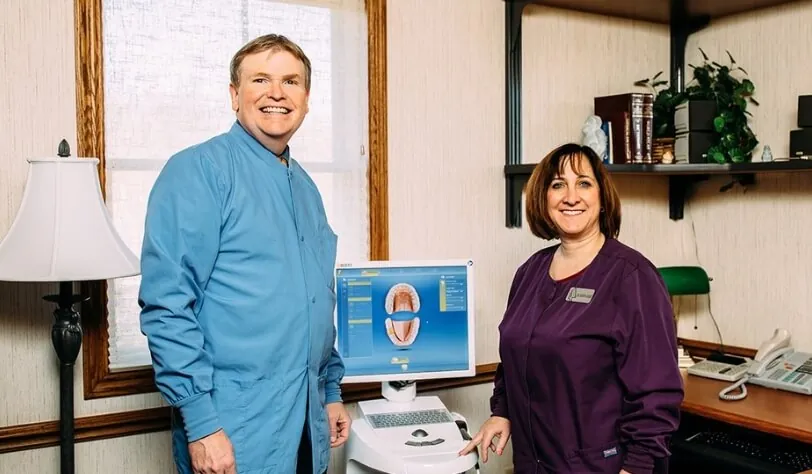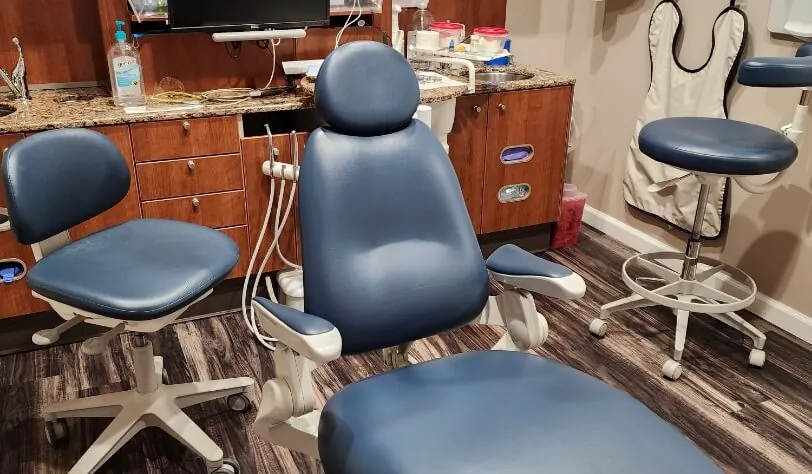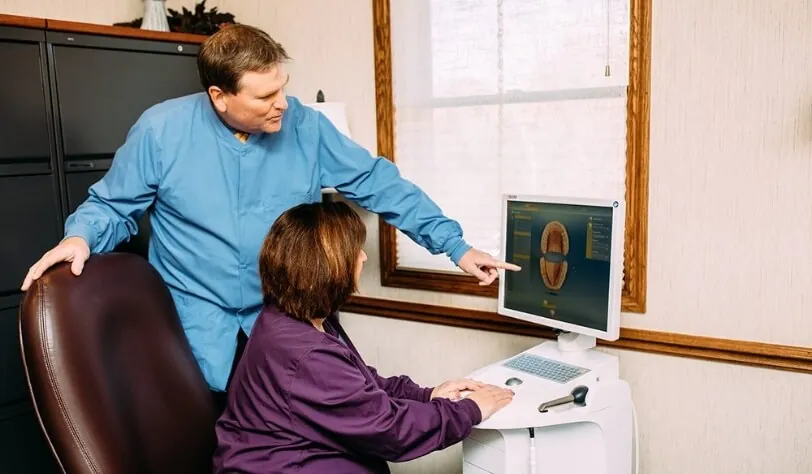Personalized Dental Care in Eldridge, IA and the Surrounding Areas
- Privately Owned Dental Practice
- Stress-Free Dental Financing Options
- Emergency Dentistry Services
- Free Consults for Implants and Invisalign
- CEREC Same-Day Dental Crowns
What Our Patients are Saying
"Very friendly staff with caring and skilled techs and dentists. They all do a fabulous job!"
"Wonderful Drs. and staff making it a pleasant experience. I was experiencing gum soreness, they were able to get me in and resolve my problem. My thanks to all."
"They got me in super quick. Hands-down the best dental visit I’ve had in 40 years."

Years of Dental Experience
Our trusted dentists, James and Carolyn Larsen, bring years of experience to Park View Dental. With a reputation for kindness and expertise, our skilled dentists offer a comprehensive selection of dental services in one place. Get to Know Us
Limited-Time Dental Promotions
At Park View Dental, we are committed to helping each patient receive the treatment they deserve.
Offers Expire: April 30th, 2024
Advanced Dental Technologies
Park View Dentistry invests in advanced tools and technologies like 3D digital x-rays, intraoral cameras, and laser dentistry to provide a better treatment experience for our patients. Digital technologies make it faster and easier for our team to examine our patients' health and provide customized treatment solutions.

Advanced Restoration with Implants & Crowns
When your smile needs restoration from tooth loss, damage, or injury, you can trust our team to provide a long-lasting solution. With fast repairs provided by CEREC same-day dental crowns and a wide selection of dental implant solutions, patients trust us to restore their smiles with solutions that last.

Treating Smiles of All Ages
With a commitment to exceptional dentistry delivered with kindness, our dentists have enjoyed a great local reputation for years. We treat smiles of all ages, including gentle kids' dentistry services!
We Can't Wait to See You!
- Monday:
- 9:00am - 5:00pm
- Tuesday:
- Closed
- Wednesday:
- 9:00am - 5:00pm
- Thursday:
- 9:00am - 5:00pm
- Friday:
- Closed




